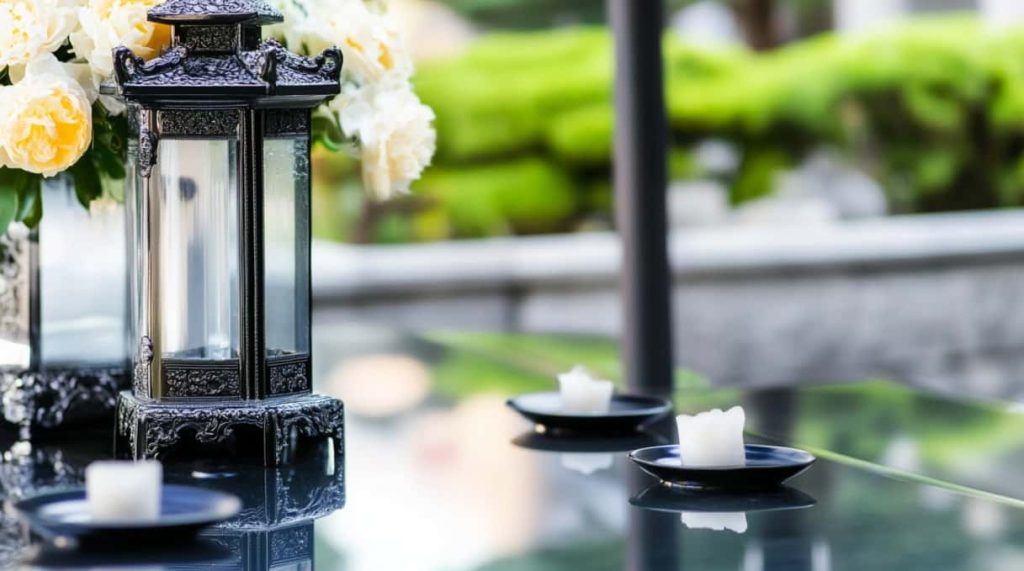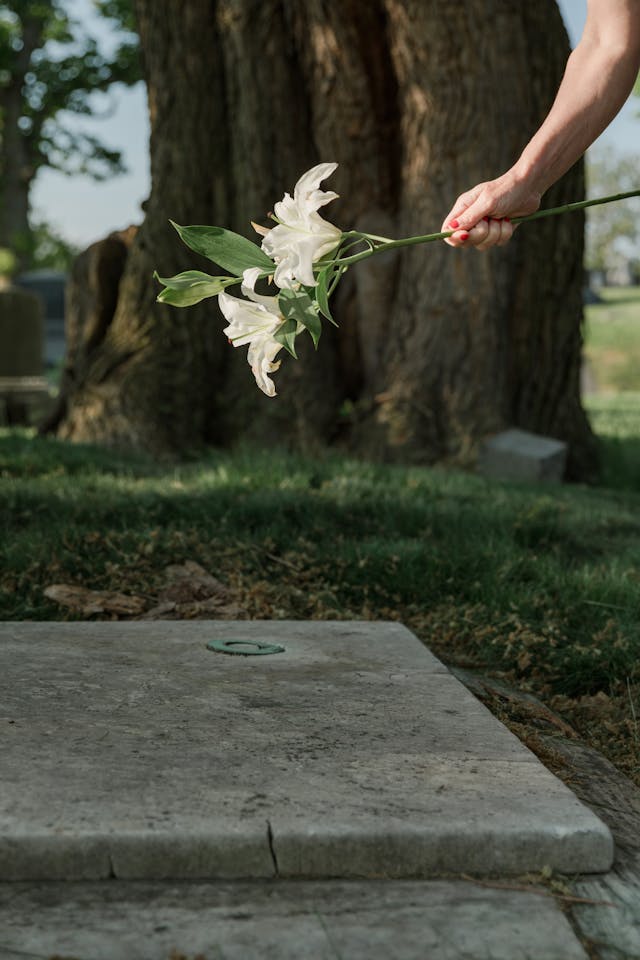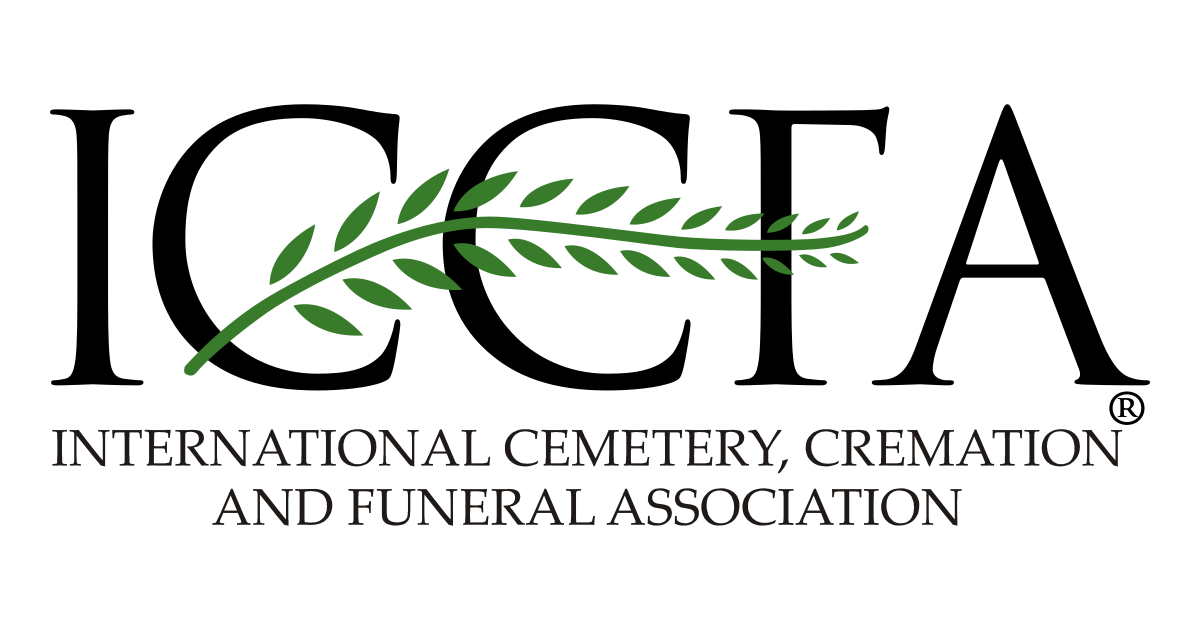Understanding Korean Funeral Traditions for Families

Losing a loved one is never easy, and for those navigating the intricacies of traditions, particularly Korean funerals, understanding the rituals and customs is crucial. Knowing Korean mortuary practices can help ensure a dignified farewell as families explore arrangements. Our discussion emphasizes essential information for families leaning towards a Korean mortuary in Anaheim, CA.
Key Rituals of Korean Funerals
Korean funeral ceremonies are steeped in rich history and deeply rooted in Confucian principles. One vital aspect of these traditions is respecting and honoring ancestors. The mourning period can officially last three days and features significant rituals like the Gojunghyang, where family members pay their last respects through bowing and performing rituals in a designated space.
Another critical component is the ceremonial attire. Typically, the family members don traditional hanbok, symbolizing respect, with white being the predominant color indicating mourning. It’s common for the family to wear these garments to show their grief and honor the deceased’s memory. Understanding these practices will cultivate a professional and caring environment when families seek a Korean mortuary service.
The Role of Items and Offerings in the Ceremony
Certain items and offerings play a profound role during a Korean funeral. Families often present food offerings during the ritual, honoring the spiritual journey of the departed. These symbolic pieces vary but commonly include fruits, rice cakes, and other foods that held significance to the deceased during their life.
Furthermore, the importance of incense cannot be overstated. Incense is burned to purify the environment and guide the spirits through the next journey. This element helps add to the sanctity of the proceedings, allowing families to reflect deeply on intimate memories of their loved ones.
Understanding Mourning Practices
The mourning practices observed in Korean culture extend beyond just the funeral rites. Family members typically refrain from celebrations and festive activities during the mourning period. Instead, they engage in remembrance by visiting the gravesite or reflecting silently on fond memories of their lost loved one.
In addition, families often develop an intricate memorial program, which may feature photo displays, video tributes, and other personalized elements to honor the deceased. Offering tales or speeches about the deceased communicates their legacy and invites healing within the familial unit. This knowledge is pivotal when families initiate conversations with a Korean mortuary, seeking personalized arrangements reflective of their loved one’s life.
Language Significance and Respectful Communication
Communication also has a cultural significance during mourning in Korean traditions. Words carry weight, and respectful language is paramount. Using terms such as ‘Hyangsang‘ to describe deceased relatives reflects love and respect. This linguistic sensitivity fosters deeper connections for families during their grief, and understanding these nuances can enhance interactions when choosing funeral services.
As we navigate these deeply emotional landscapes, having funeral directors knowledgeable in specific traditions is essential. Skilled and compassionate professionals can provide the support families need while respecting and preserving Korean traditions in the funeral process.
Final Thoughts
Korean funeral traditions invite families to connect and commemorate their loved ones through various meaningful rituals. As families explore options for a heartfelt farewell, understanding these vital customs is essential in navigating the intricacies that accompany such a personal journey. While we embrace these traditions, it’s also important to lean on experts in Korean mortuary in Anaheim, CA practices to tailor services that honor the specific needs and desires of the family involved.


